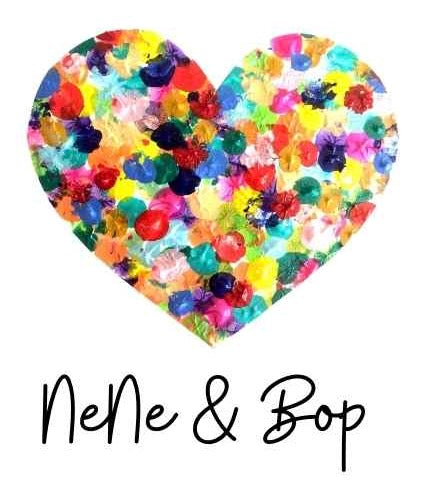Nothing To “Hide”

Why Leather and why Kangaroo leather?
Some people don’t like leather products at all.
Some people will only use leather products from certain animals. Some people probably don’t think about it all that much.
I have thought about it enough for ten people, and as NeNe & Bop has evolved over the years I have grown wiser. It’s more important than ever to me that I’m making conscious, ethical choices. I’ve sifted and sorted through so much information to land me where I am and want to share (a condensed version) with you.
Leather Is Biodegradable
Initially I was using PVC to make Purse Plus’ and clutches. It’s a wonderful product, strong, durable, wipes clean easily and long lasting, so many benefits.
I have always ensured my pieces are well made using good quality materials and findings made to last but when I stopped to think about how long they would be on this planet that was terrifying. Yes they are long lasting but in this case means a very very long, as in 20 generations will be born before that baby starts to breaks down.
Leather on the other hand, has a long life if cherished or if left in the elements to degrade, could have a tough time catching the closing ceremony of the Brisbane Olympics. The time leather takes to degrade back into the earth is between 10-50 years... much

Kangaroo Leather has a light footprint...literally.
Kangaroo leather is a product of the commercial industry, a harvest strictly controlled and regulated by an Australian Government program that ensures no detrimental impact on the kangaroo population or their ecosystems.
Which sounds like a bit of a dilly dally statement so let me break it down for you.
- Australia is home to more than 40 million kangaroos.
- There are many many species of Kangaroos and Wallabies, but only 6 are classed
abundant enough for harvest.
- Kangaroos have few natural predators, when weather is good and the grasslands are
plentiful their population can boom.
- This leaves grassy ecosystems unable to provide enough food and shelter for small
animals such as reptiles, insects, small mammals and ground feeding birds, which
can cause mass starvation.
- The quota allowed to the commercial industry is around 10-15% of the population
and is adjusted annually using aerial and ground surveys.
- This portion of the population is taken for the food industry, the leather is therefore a
by-product of an already existing industry which results in less waste.
If only I could find as valuable a use for the use for the piles of apple skins, the by- product of the school tuckshop slinky machine!
Born in the bush, Kangaroo leather is tough stuff.
Weight for weight kangaroo leather is the strongest available, there is a very tech explanation for this including phrases like…
“Organised main fibre bundles”
“Secondary supporting mesh”
“Low angle of weave and low fat content”
But truth be told, as a maker or consumer all we really need to know is…
-It’s buttery soft and moves beautifully
-Naturally thin, so it’s able to retain it’s strength, other types need to be shaved or split down to be made as thin, losing their integrity.
-This leaves Kangaroo leather not only incredibly lightweight, but incredibly

There is no denying Kangaroo’s are very cute. Their little whiskers, thick eyelashes and the adorable sight of a joey popping it’s head out of a Mamma’s pouch.
There’s also no denying that the further inland you go, they change from being an adorable and rare sight, to a pest wreaking havoc on crops and (when the population booms in times of good rain) snaffling up all the grasslands leaving little to none for other native animals.
Without a commercial harvest, population management measures would remain in place, this already happens in the ACT. They do not allow commercial harvesting but still undertakes regular conservation cull’s of kangaroos to reduce the impact of excessive grazing. The commercial harvest’s, allow states to control the high populations of kangaroos in a sustainable, intelligent way.
Choosing to use an animal product of any kind, can be a polarising choice but I know that I’ve made the best decision for my business and the impact it has on the environment.
